Description
hardware flow control. It is an ideal choice in the field of industrial automation.
Design of ABB industrial robot deburring and grinding workstation based on RobotStudio simulation software
introduction
As an official offline programming software for ABB robots, Robotstudio not only has powerful simulation and offline programming functions, but also has automatic path generation
function and simulation monitoring collision function. It can realize the simulation of robots in real scenes, so as to timely update existing robot programs. optimize. On-site teaching
programming will affect normal production activities on site.
The application of Robotstudio software offline programming can reduce on-site teaching and programming time.
As a traditional process of mechanical processing, deburring and grinding have a wide range of applications. However, for a long time, in the process of manual deburring
and polishing, there have been differences in operations between workers. The manual operation is not repeatable and the deburring effect is unstable, which has seriously
affected the surface quality and service life of the finished product; and the working environment There is a large amount of dust floating in the air and the conditions are harsh,
seriously endangering the physical and mental health of workers. With the proposal of “Made in China 2025”, intelligent manufacturing production has become an
important development direction for the transformation and upgrading of the future manufacturing industry. The use of industrial robot automated production lines for repetitive
batch processing operations can not only greatly improve production efficiency, but also greatly improve product quality. Yield and production stability. Therefore, before designing
the robot polishing program, if the shape, size and polishing amount of the workpiece to be polished are known, the robot offline program can be written on the
Robotstudio software according to the existing conditions, thereby improving the efficiency of on-site programming.
1Design task description
This task is to create a new simulation workstation in ABB robot simulation software Robotstudio. The corresponding training equipment in reality is the Yalong
YL-l360A industrial robot deburring and grinding system control and application equipment. The industrial robot selection and method of the simulation workstation are
The grinding head installed on the blue plate refers to the Yalong YL-l360A industrial robot deburring and grinding system control and application equipment, and the
workpiece is customized. The ABB industrial robot deburring and
grinding workstation simulation training process includes: creating a workstation, setting up tools, creating smart components, creating tool coordinate systems,
creating trajectories, programming, simulation design, and verification.
2 Task implementation
2.1 Create a workstation
Import the robot: First, create a new simulation workstation in the Robotstudio software. The workstation name is self-named, and then import the
corresponding industrial robot IRB1410. The robot position remains unchanged by default. Create a robot system, modify the system options, check 709-1D
eviceNetMaster/s1ave, select Chinese as the language, and leave the other options unchanged by default, then click Confirm to create the robot system
After the robot system is created, hide the industrial robot IRB1410 to facilitate subsequent workstation operations.
Import workpiece: The workpiece here is customized, and the corresponding workpiece is selected according to the actual situation on site. This article
uses the original workpiece Curvet in Robotstudio software. After importing it into the workstation, according to the reachable range of the robot, just place the
workpiece at a suitable location within the reachable range of the robot, as shown in Figure 1.
Import the grinding rotor tool: First, create a new grinding rotor tool component – rotor – copy (2) and rotor – copy (2) in the so1idworks 3D software. The
rotor – copy (2) is a rotatable grinding rotor. —The copy is the tool body, which is the grinding rotor frame, and is installed on the robot flange, as shown in Figure 2.
2.2 Setting tools
First, move the rotatable grinding rotor and the tool body to the local origin based on point A, and adjust the initial tool angle so that the grinding rotor is
parallel to the x-axis of the geodetic coordinate system, as shown in Figure 3. Set the local origin of the tool body at this time, change the position x, y,: to 0, 0, 0, and change the direction x, y,: to 0, 0, 0.
Figure 3 Tool settings
Create a new frame at point B of the tool body, name it “frame l”, and adjust the direction of frame l so that the axis is perpendicular to the
plane of point B. The specific direction is shown in Figure 4.
https://www.xmamazon.com
https://www.xmamazon.com
https://www.plcdcs.com/
www.module-plc.com/
https://www.ymgk.com
Emerson IC200PWR002 Control valve actuator
GE IC200ALG320 Current analog output module
yokogawa A1BA4D-05 Terminal plate
VMIVME-7807RC-410000 VMEbus Single Board Computer
VMIVME-7807RC-41400 VMEbus Single Board Computer
660-088884-002 GE power interface board
HMV01.1R-W0065-A-07-NNNN A driver controller
AO2000-LS25 Advance Optima Integrated analyzer
3500/92 136180-01 Communication gateway module
PFVL141V-14MN Roll Force Load Cells PFVL141
8200-1310 next generation 505D front panel
1394C-SJT05-T-RL servo controller module
V7768-330000 GE V7768 VME SBC
2198-S086-ERS4 Kinetix 5700 EtherNet/IP Servo Drive
IS230PCAAH1B CORE ANALOG I/O MODULE
PXIe-1085 NI PXI Chassis
3BSE080239R1 NE870 ABB industrial router
VMIVME-7768 6U single board computer
PXIE-5164 NI High-Speed Oscilloscope
HCS03.1E-W0070-A-05-NNBV Smart drives and power supplies
PM875-2 3BDH000606R1 AC 870P – PM 875 Controller
HMV01.1E-W0120-A-07-NNNN A driver controller
HDD02.2-W040N-HD32-01-FW A driver controller
PXIE-8861 Quad-core embedded controller
DS2020DACAG2 A power conversion module
IS200EGPAG1BEC Turbine and excitation control systems
PXIE-6556 PXI digital waveform meter
T8311C Trusted TMR Extended Processor
1394C_SJT22_A servo drive
PFCL201CE-20.0KN 3BSE027062R20 ABB Pillow sensors
PFCL201CE-50KN 3BSE027062R50X ABB Pillow sensors
IS210AEBIH1BAB GE Analog processor module
IS200AEPAH1A GE circuit board assembly commonly
D201832 METSO IBC controller module
D201138L METSO IBC controller module
REF543KM129BAAA ABB Mechanical terminal
REM545BG226BAAA ABB Mechanical terminal
8U-PCNT02 HONEYWELL Series 8 Controller
8C-PDODA1 HONEYWELL Series 8 Controller
8C-PDILA1 HONEYWELL Series 8 Controller
8C-PAOHA1 HONEYWELL Series 8 Controller
IS200JPDFG1AED Mark VI printed circuit board
IS200JPDFG2AED MARK VIe DC PDM CARD
PXIE-1095 NI PXI Chassis
8200-1311 Integrated Graphical Front Panel HMI Screen
H92A0K9M0500 FOXBORO DCS system
H92A0N9Q0H00 FOXBORO DCS system
AFV30D-A41262 duplex field control unit Yokogawa
PXIE-5122 779967-03 High-Speed Digitizer
PM865K02 3BSE031150R6 Redundant Processor Unit HI
PFCL201CE-50KN Pressductor PillowBlock Load Cells
MVR1600-4601 GE Air Cooled Rectifier Module
PPD513A24-110110 high-performance control system
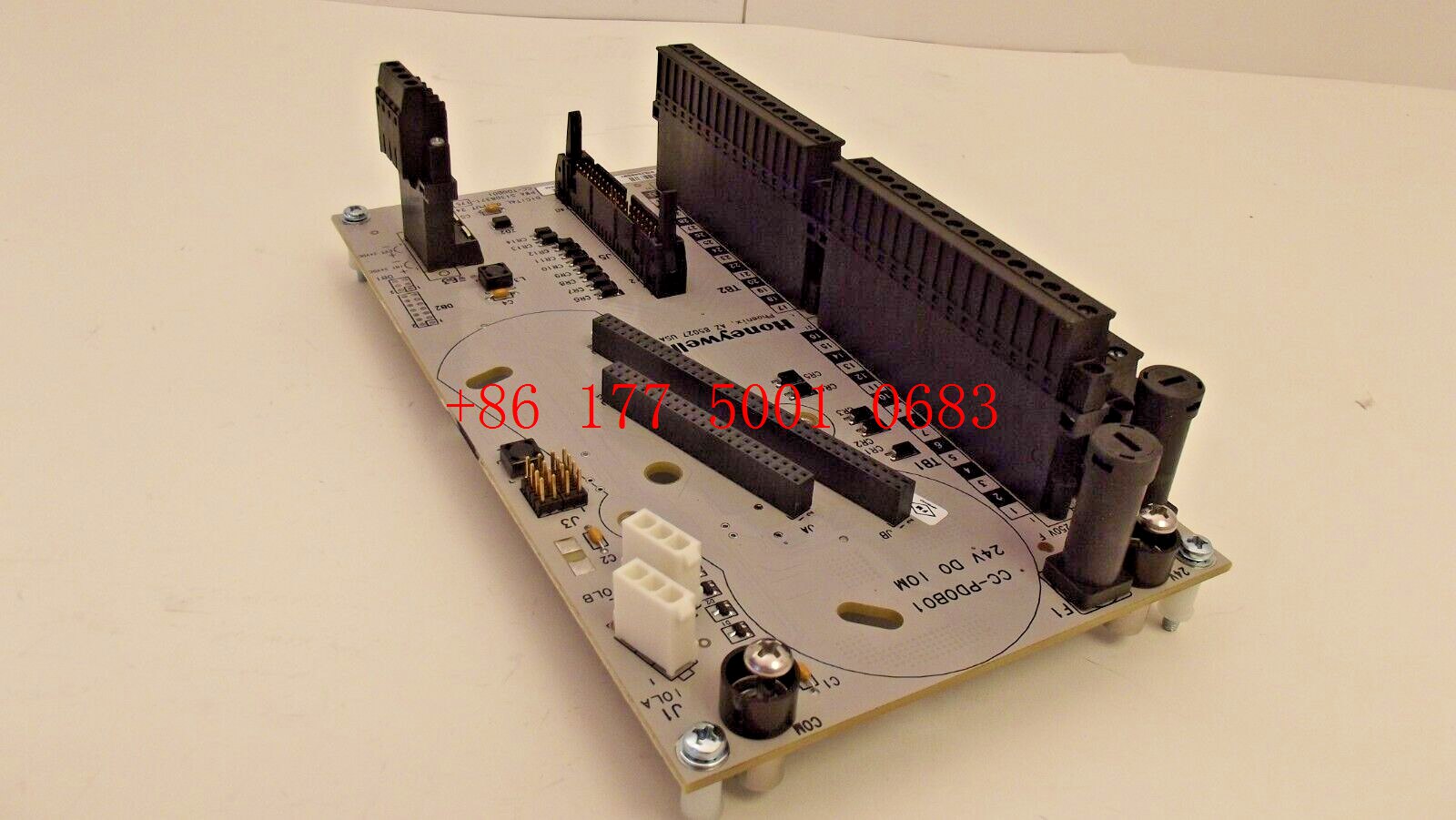
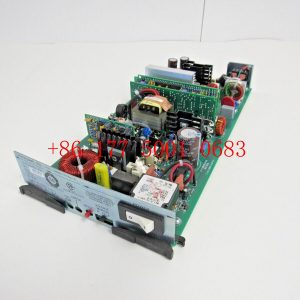
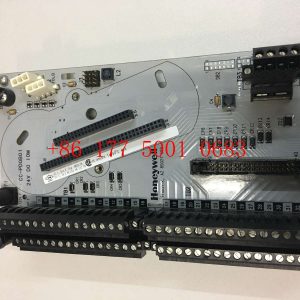
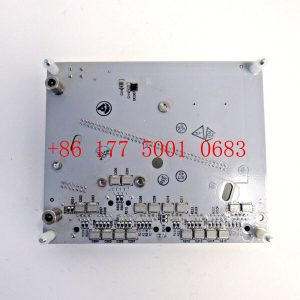
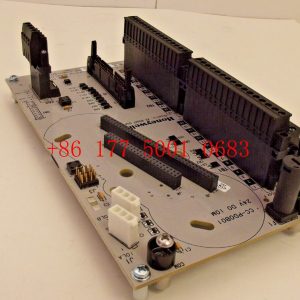




Reviews
There are no reviews yet.